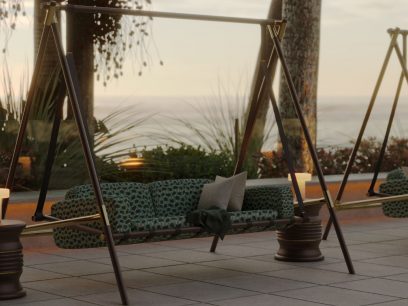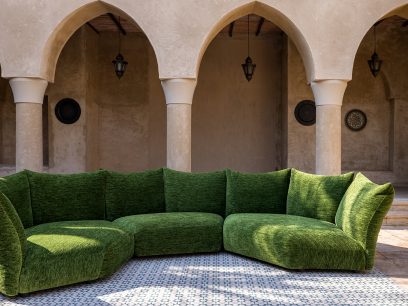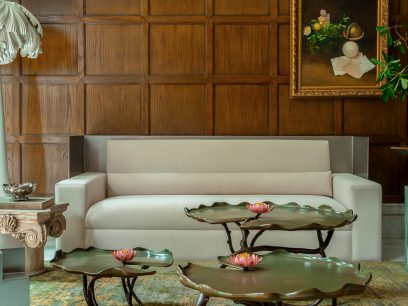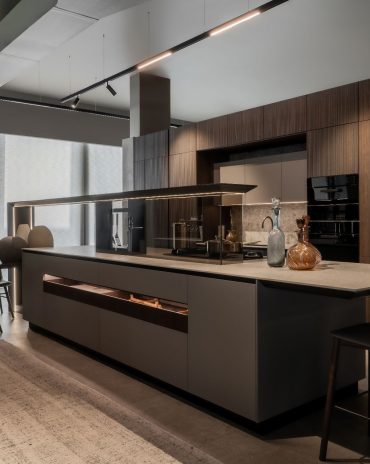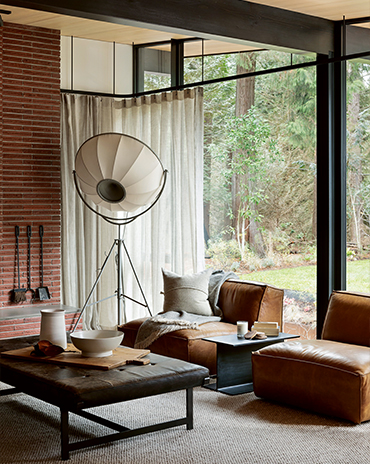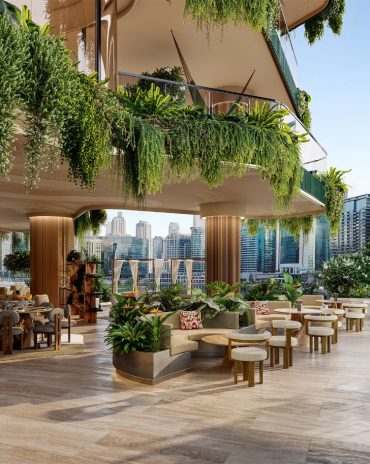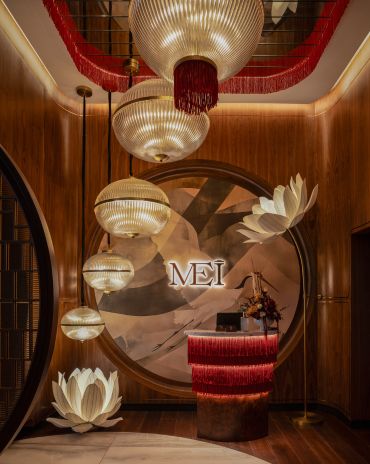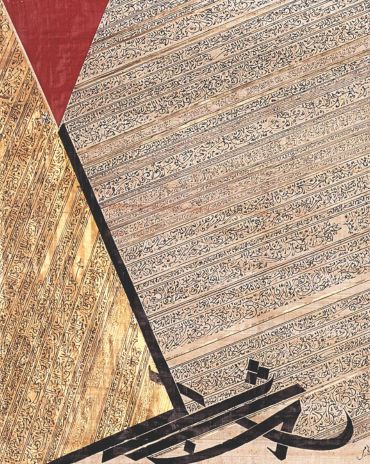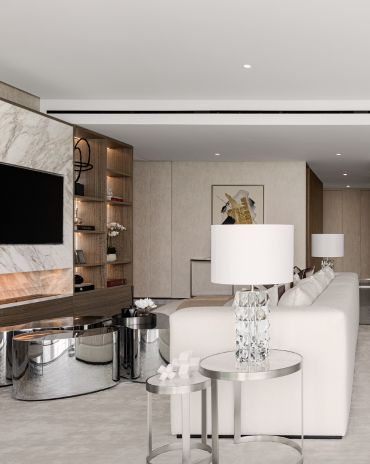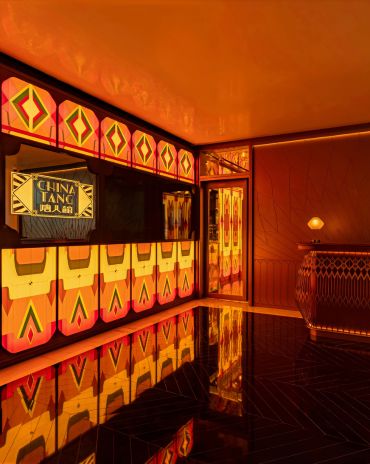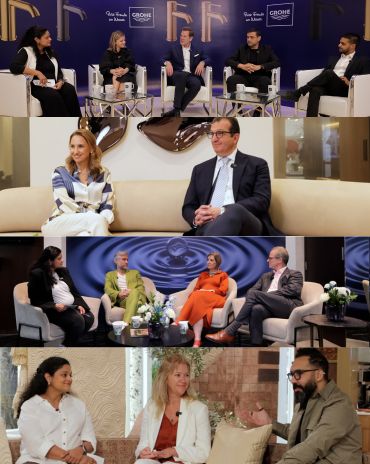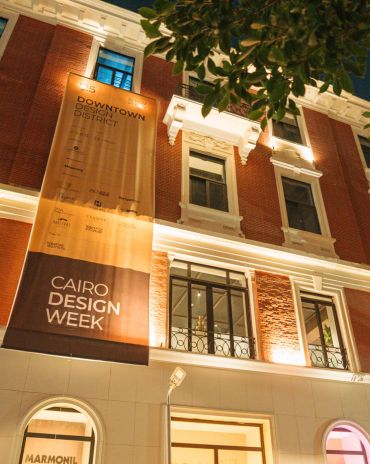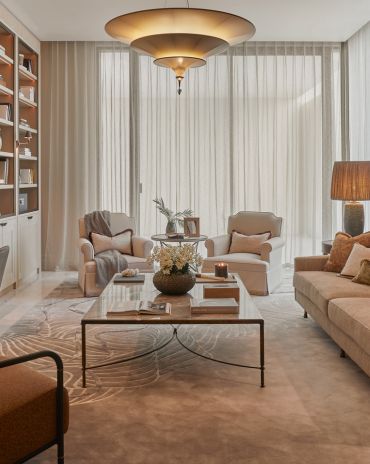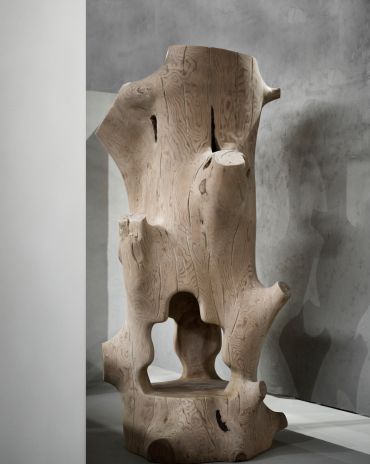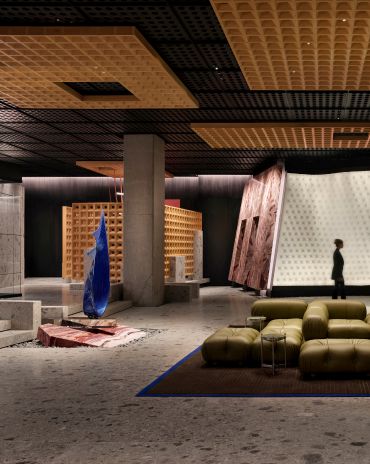Copyright © 2025 Motivate Media Group. All rights reserved.
While the field of architecture continues its focus on new buildings, Spanish architect and muralist Elvira Solana has other ideas
For Solana, choosing murals was a conscious response to the negative impacts of building
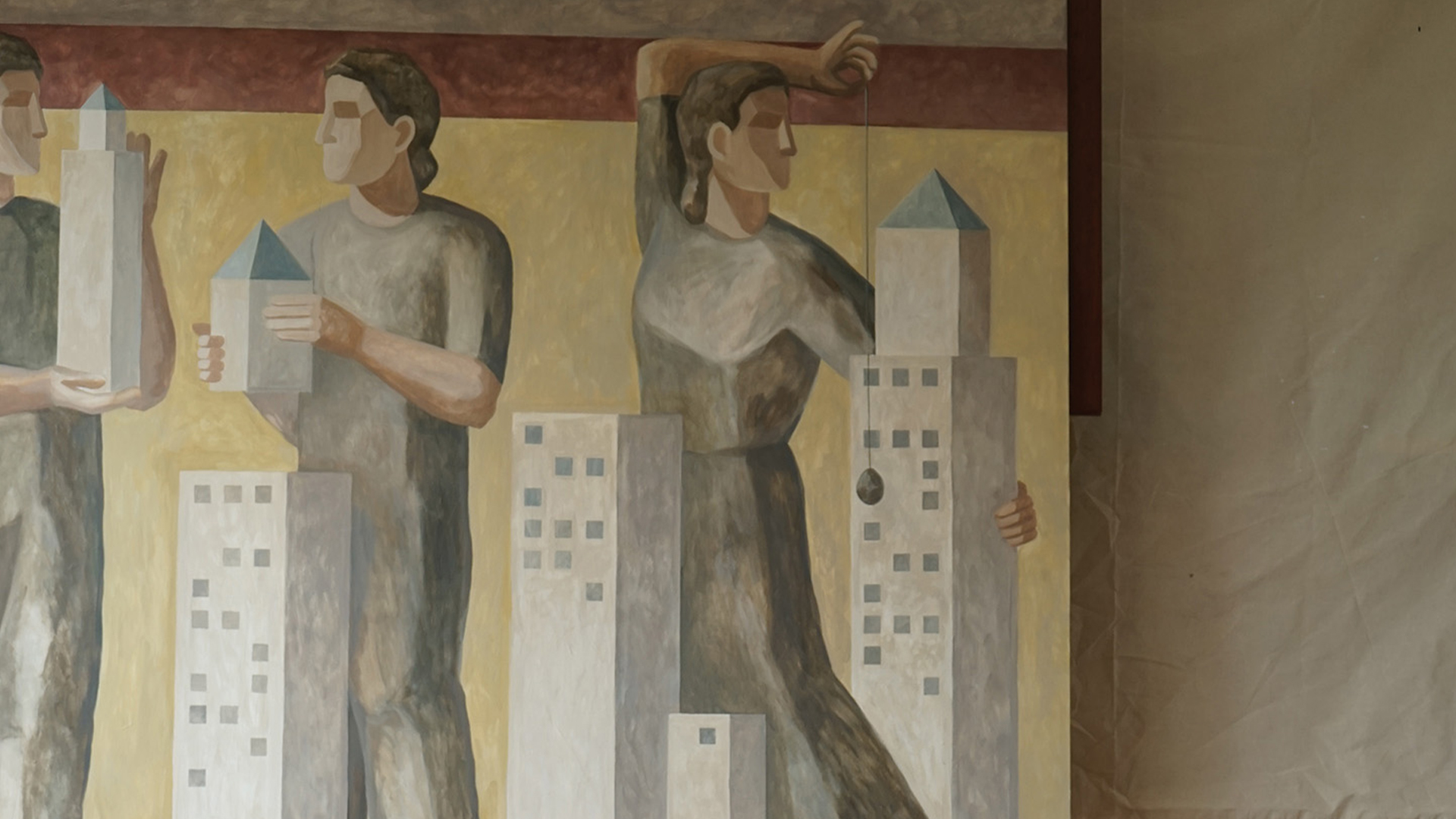
“Architecture transforms our physical habitat. A mural [on the other hand] can transform the way we perceive architecture,” begins Spanish architect Elvira Solana, whose transition into painting murals is part of a wider mission to rethink the ways in which one can practice architecture. Having studied in cities across the globe – from Madrid and Barcelona to Ahmedabad, Istanbul, Paris and Florence – for Solana, painting architecture is another way of creating architecture – without having to actually build anything.
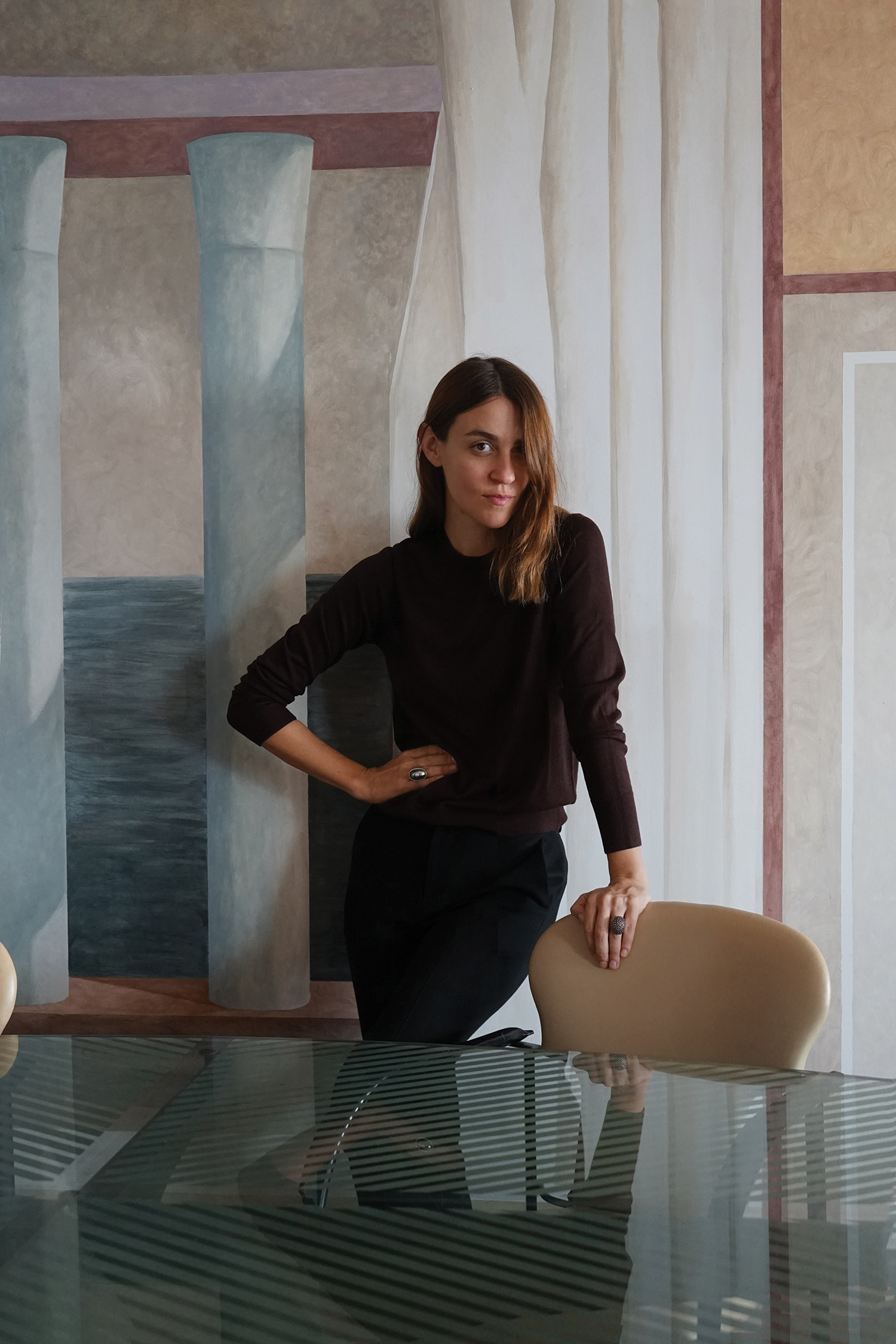
“Using paint as a constructive element, I can create something new without creating something new. This is what I intend to do: rethink space through surface intervention alone,” Solana explains. “There is no need to knock down any wall. We can just modify the way we perceive them, transforming the architectural perception of a room or a space – creating architecture by painting architecture.”
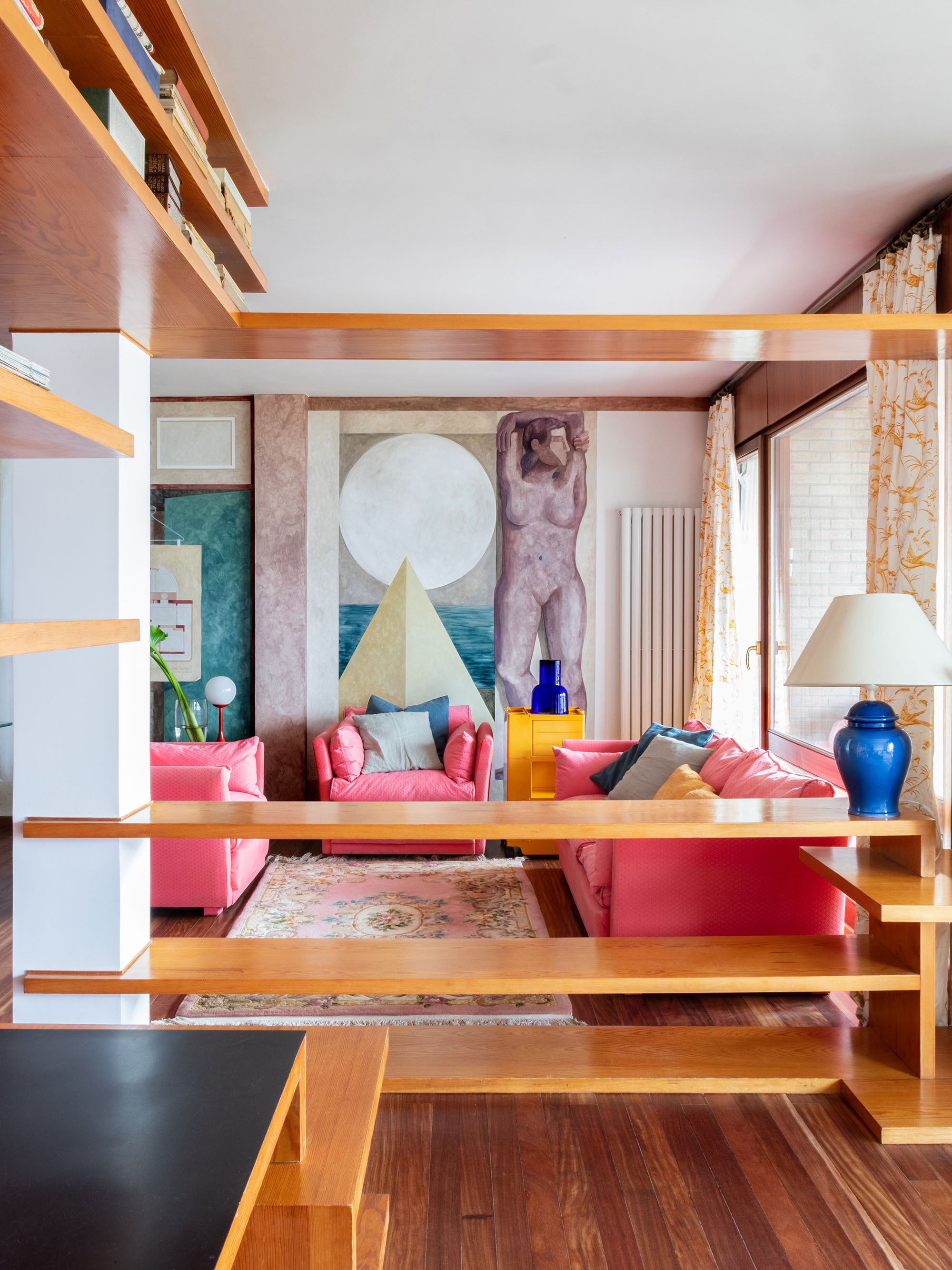
Solana’s projects are wide-ranging and include commissions from private clients, restaurants and brands. “I have always interpreted murals from an architect’s perspective. Unlike a painting on canvas, a mural is always made for a specific context and location. The painting (mural) and the surface (wall) become an inseparable unit. The context [becomes] part of the mural, and vice versa,” she explains.
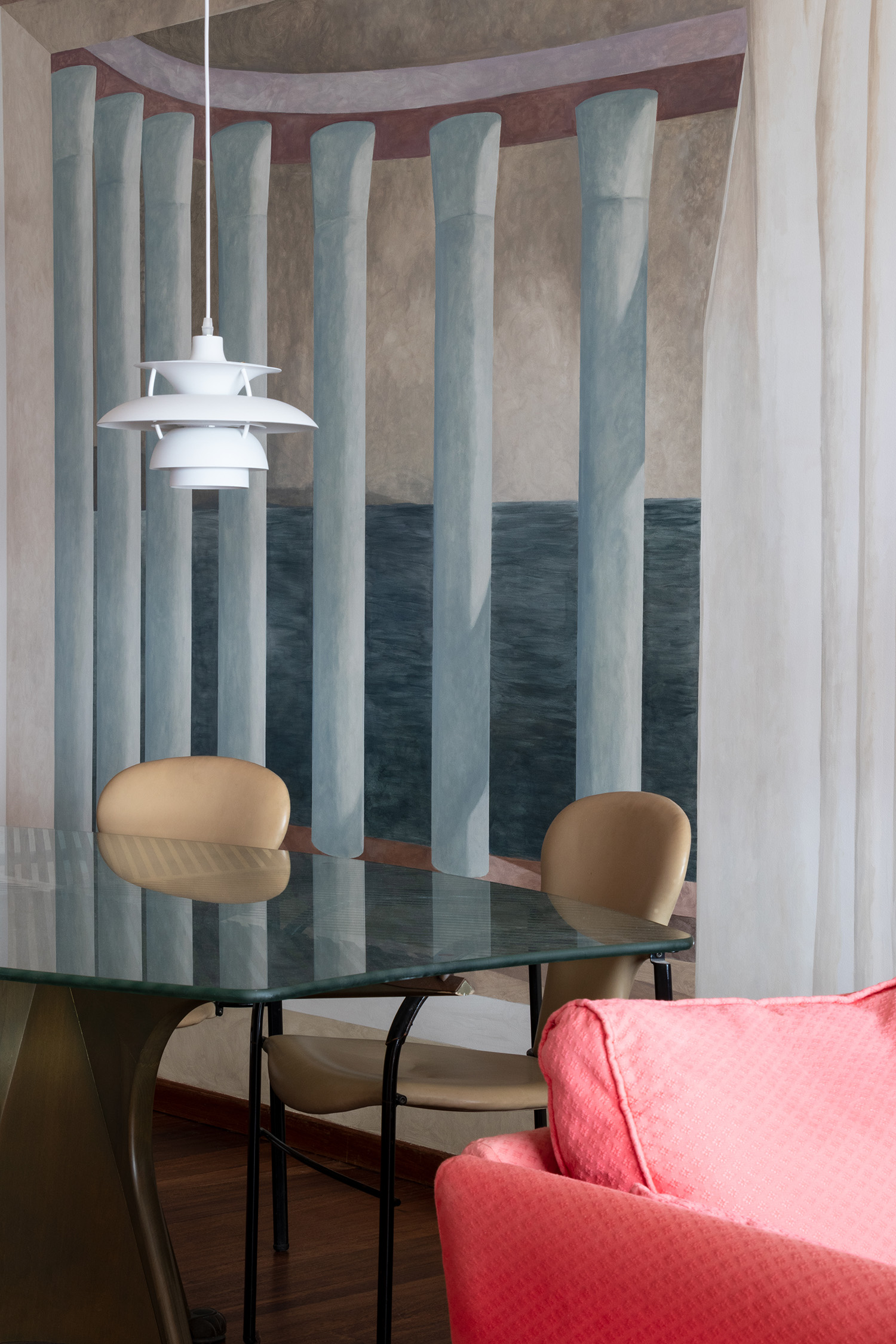
For Sant Ambroeus restaurant in Milan – designed by architect Fabrizio Casiraghi – Solana has painted a wooden panel, her first time working on free-standing walls.
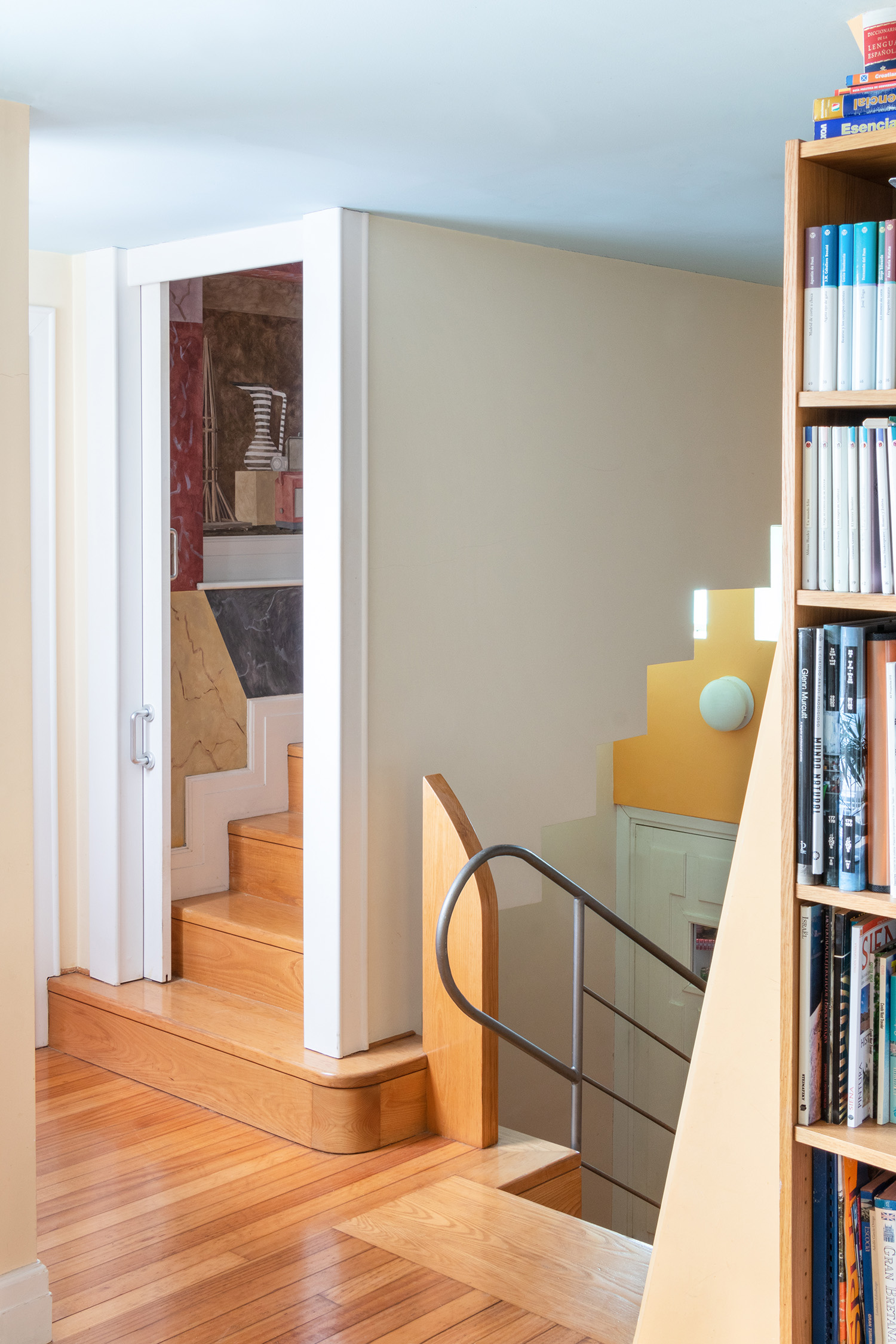
In the bathroom of a private home, another mural called ‘Private Pleasures and Misfortunes’ is an 80-centimetre frieze that surrounds the entire room. The project is two-sided: one side is allegorical and refers to traditional Roman paintings; while the other, Solana describes as an “architectonic essay depicting a series of geometrical objects with a theoretical – rather than metaphorical – intention.”
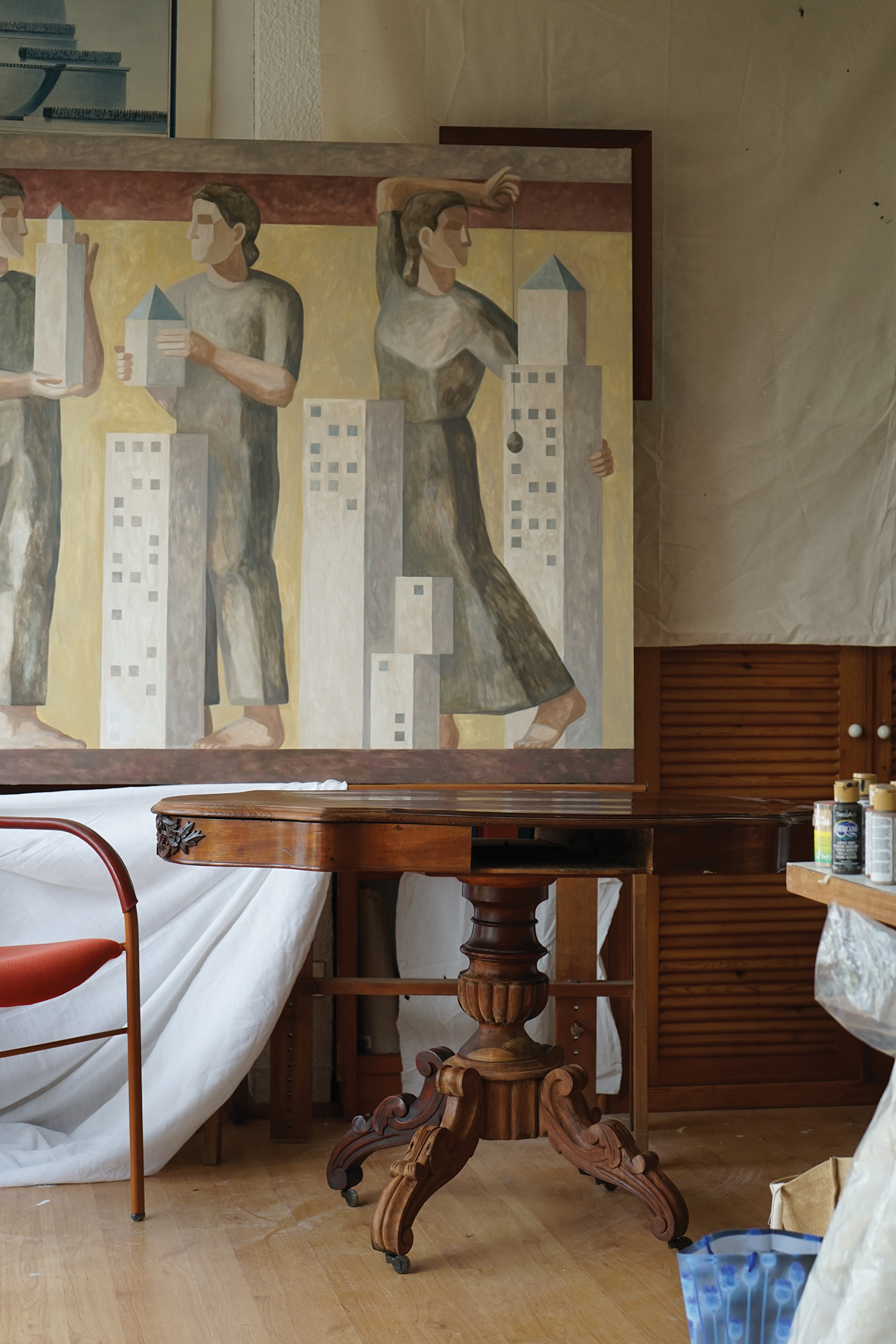
“From an architectural point of view, each mural is a unique project – it must be made to fit in a specific location and serve a specific purpose,” says Solana. “Therefore, the first step in the design of a mural requires a correct analysis of the context through experience, plans, architectural models and sketches. Each project gives rise to its own storyline and, therefore, has its own look and feel.”
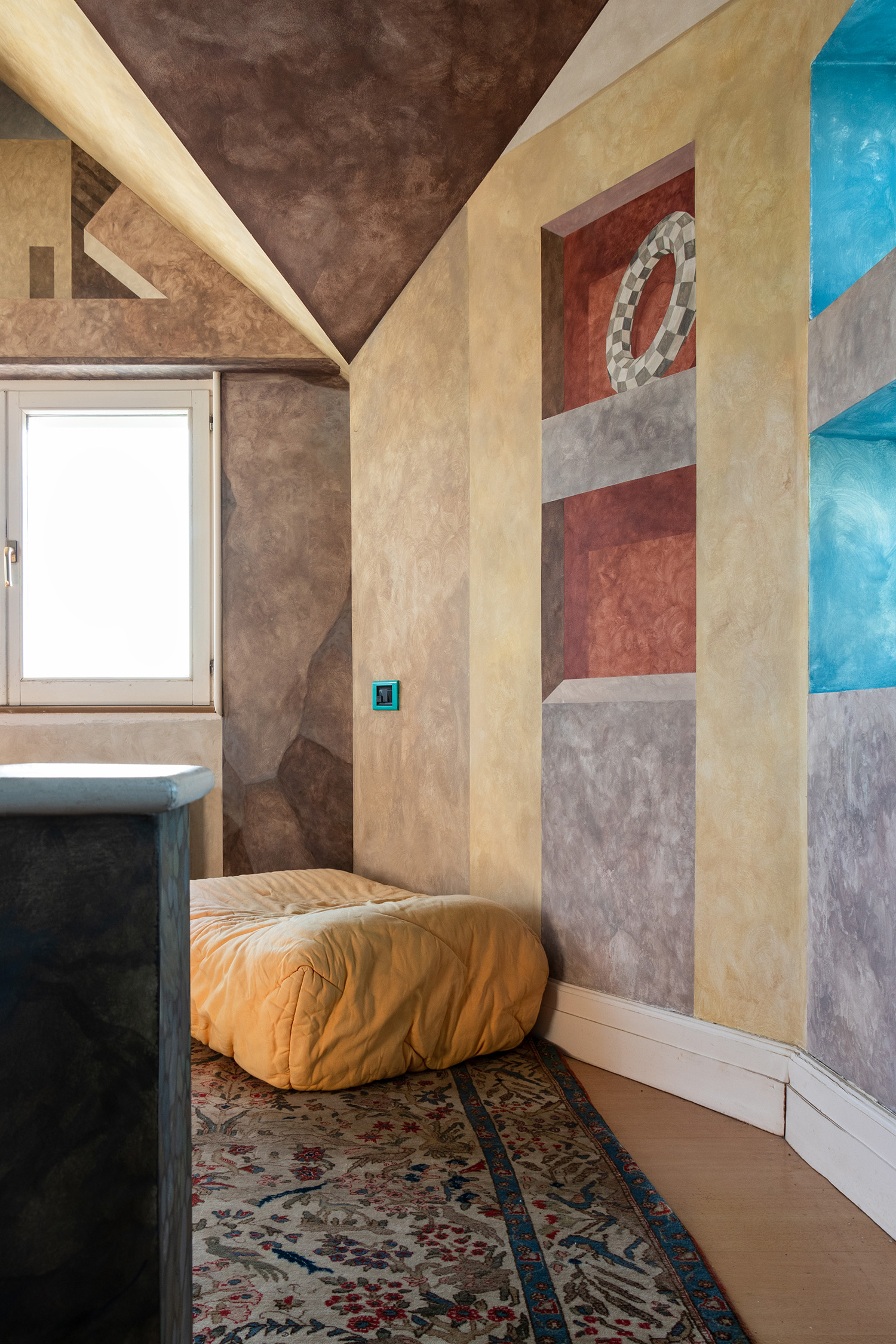
For her own apartment in Santander, Solana created a ‘virtual’ expansion that transformed the “pictorial space into an architectural one” without the need to knock down any of the walls in the home. Instead, she painted a colonnade beside the dining room and a pyramid behind the living room, completely transforming the spatial qualities of the space. “Using the classic trompe-l’oeil technique, the context and the perception of space are modified to question our pace and way of life, all while re-establishing the dialogue between architecture and painting. Is it possible to transform our homes without wasting goods and material resources? Indeed, it is,” she says.
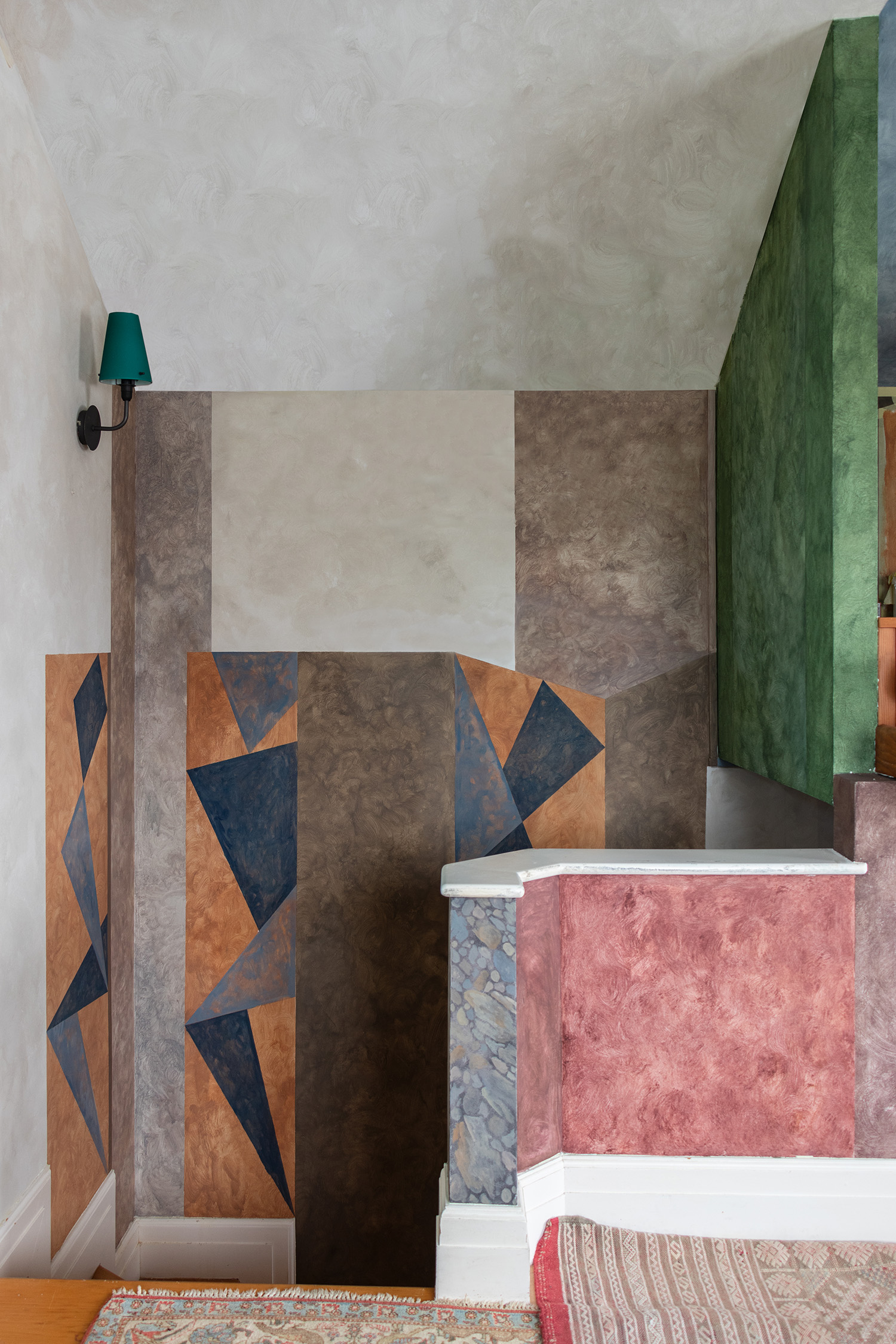
For Solana, choosing murals was a conscious response to the negative impacts of building. “The world we inhabit is physical and finite. Even our digital actions have some material consequences on the planet,” she says. “[Therefore], we need to think about ways of living and transforming architecture without creating more material waste. Although none of our actions are completely impact-free, murals can transform architecture with [the] minimum waste of materials and resources.”
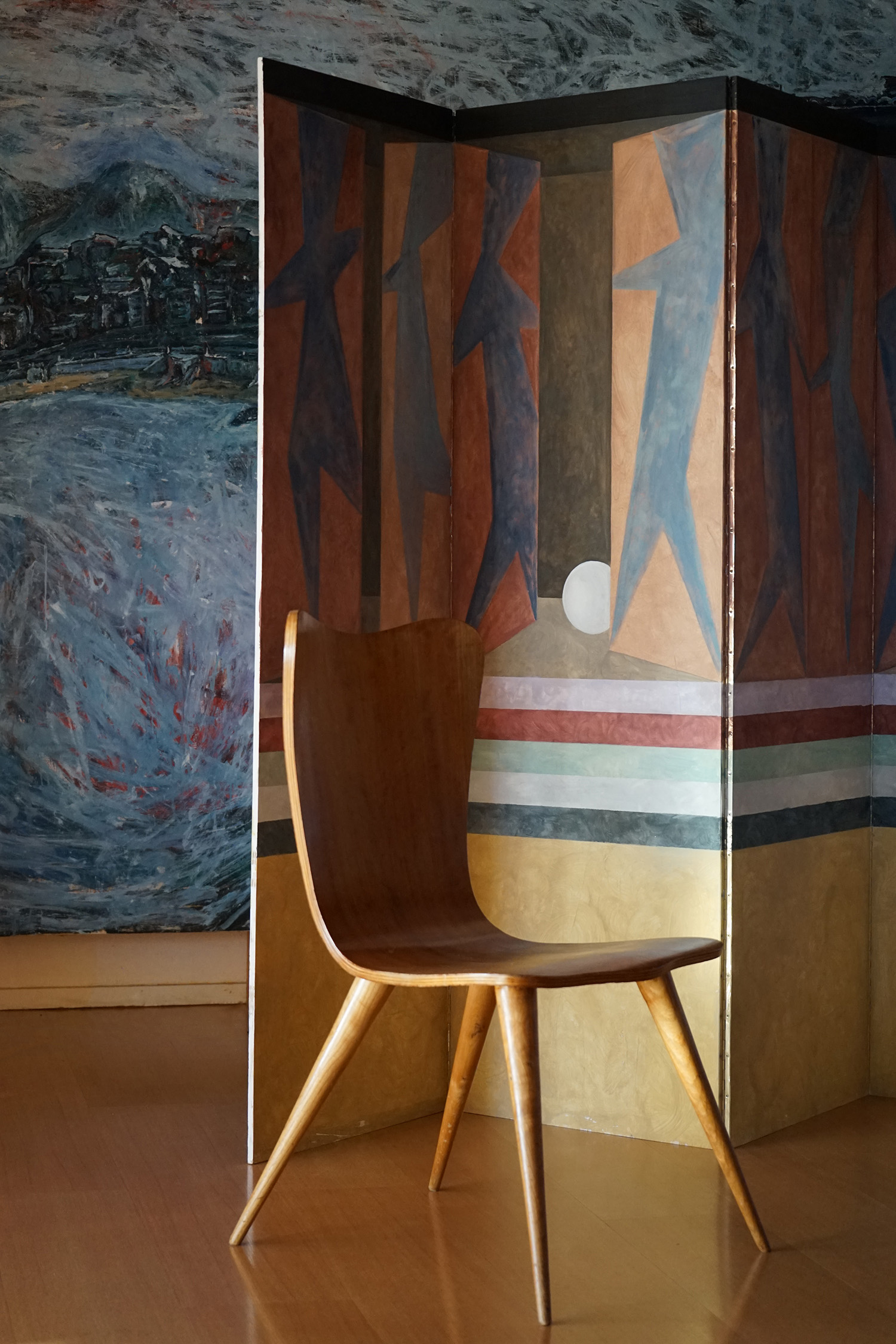
Photography by David Moya
The Latest
Studio 971 Relaunches Its Sheikh Zayed Showroom
The showroom reopens as a refined, contemporary destination celebrating Italian craftsmanship, innovation, and timeless design.
Making Space
This book reclaims the narrative of women in interior design
How Eywa’s design execution is both challenging and exceptional
Mihir Sanganee, Chief Strategy Officer and Co-Founder at Designsmith shares the journey behind shaping the interior fitout of this regenerative design project
Design Take: MEI by 4SPACE
Where heritage meets modern design.
The Choreographer of Letters
Taking place at the Bassam Freiha Art Foundation until 25 January 2026, this landmark exhibition features Nja Mahdaoui, one of the most influential figures in Arab modern art
A Home Away from Home
This home, designed by Blush International at the Atlantis The Royal Residences, perfectly balances practicality and beauty
Design Take: China Tang Dubai
Heritage aesthetics redefined through scale, texture, and vision.
Dubai Design Week: A Retrospective
The identity team were actively involved in Dubai Design Week and Downtown Design, capturing collaborations and taking part in key dialogues with the industry. Here’s an overview.
Highlights of Cairo Design Week 2025
Art, architecture, and culture shaped up this year's Cairo Design Week.
A Modern Haven
Sophie Paterson Interiors brings a refined, contemporary sensibility to a family home in Oman, blending soft luxury with subtle nods to local heritage
Past Reveals Future
Maison&Objet Paris returns from 15 to 19 January 2026 under the banner of excellence and savoir-faire
Sensory Design
Designed by Wangan Studio, this avant-garde space, dedicated to care, feels like a contemporary art gallery

